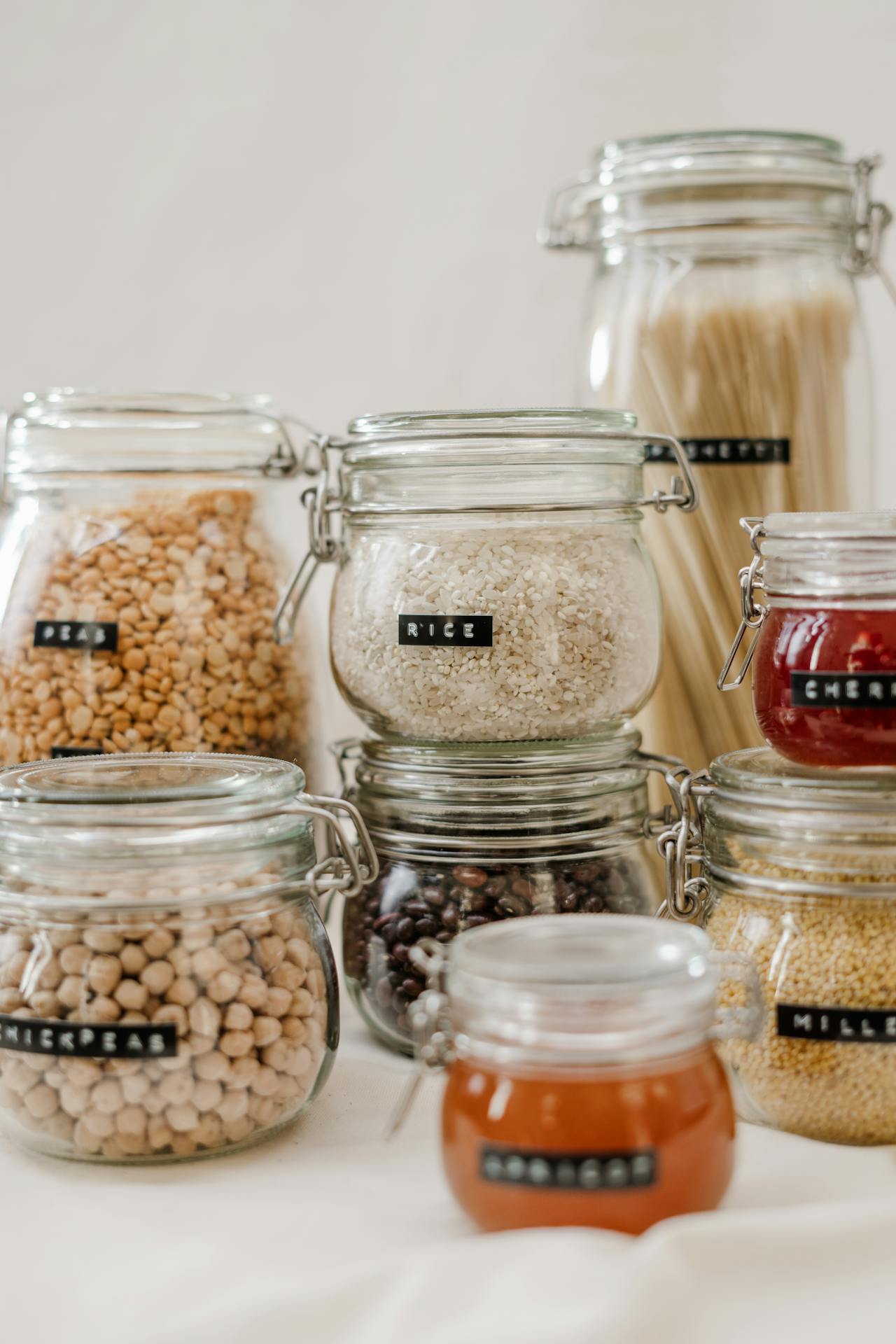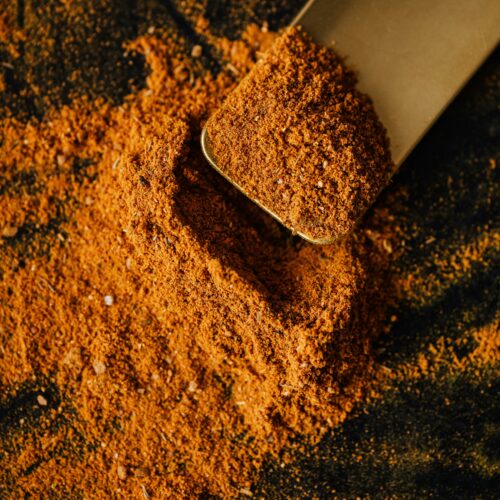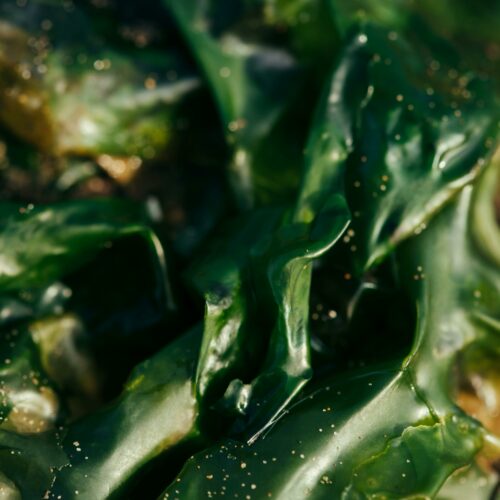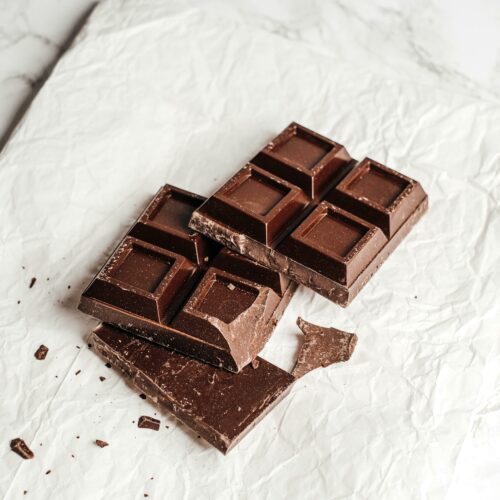Food waste is a major global problem: every year, millions of tons of food are thrown away. On an individual scale, this represents an economic loss and an avoidable ecological footprint. With simple gestures and effective habits, it is possible to reduce this waste considerably. In this article, discover practical tips for preserving your food for longer and optimizing its use.
1. Plan your purchases accurately
Good organization starts even before you get to the kitchen.
- Make a shopping list: Before going to the supermarket, write down only the products you need. This will prevent you from buying in excess or giving in to unnecessary promotions.
- Prefer weekly menus: Plan your meals for the week, taking into account the ingredients already in your cupboards or refrigerator. This allows you to use your food before it spoils.
- Don’t go shopping on an empty stomach: When you’re hungry, you’re more likely to impulsively buy products you don’t really need.
2. Intelligent Food Storage
Proper storage of your food prolongs its life and makes it easier to use.
- Adopt the “First In, First Out” (FIFO) method: Place older foods at the front of your shelves or refrigerator and newer ones at the back. This encourages you to consume products before their expiration date.
- Store the fridge correctly: Divide the fridge zones by food type. For example, place dairy products in the coldest zone and vegetables in the tray provided.
- Invest in airtight containers: Well-protected food keeps better. Glass jars, reusable bags and airtight boxes are perfect for storing leftovers or open ingredients.
3. Adopt appropriate preservation techniques
Some foods keep better when prepared or stored in specific ways.
- Freeze excess: If you’ve bought or prepared too much, freeze your food to prevent it from going stale. This works well with meats, vegetables, fruit and even some ready-made meals.
- Transform ripe fruit: Overripe bananas can be turned into smoothies or cakes, and apples into compote.
- Blanch vegetables: Before freezing, blanch your vegetables (cook them briefly in boiling water, then plunge them into iced water). This preserves their color and texture.
- Use oils and vinegars: To preserve fresh herbs, you can chop them up and freeze them in ice cube trays with olive oil.
4. Creative cooking with leftovers
Leftovers and often discarded parts can become delicious dishes.
- Reinvent your dishes: turn leftover roast meat into a sandwich or salad, and cooked vegetables into soup or purée.
- Use peelings: Carrot, potato or zucchini peelings can be fried or made into crispy chips.
- Make homemade broth: Leftover meat or vegetable trimmings (such as onion skins, parsley stalks or celery stalks) can be used as a base for homemade broth.
5. Learn to read best-before dates
Misunderstanding the dates on packaging often leads to unnecessary waste.
- “Best before”: This indicates optimum quality up to a certain date. However, the food is often still edible after this date, if it does not have a suspect odor or appearance.
- “Best before”: This applies to highly perishable products (meat, fish, etc.). These foods must be consumed before this date to avoid health risks.
6. Limit Waste at Mealtimes
Even at the point of consumption, food waste can be reduced.
- Serve small portions: This prevents leftovers from being thrown away. You can always have a refill if you’re still hungry.
- Store leftovers immediately: After a meal, don’t leave dishes at room temperature for too long. Store them in the refrigerator for later use.
- Use labels: Note the preparation date of leftovers to remind you when to eat them.
7. Compost what you can’t eat
Despite all precautions, some food waste is unavoidable. Turn it into a useful resource.
- Invest in a composter: Peelings, eggshells and coffee grounds can be composted to enrich your soil or garden.
- Use waste for gardening: Some peelings, such as those from potatoes or carrots, can be used to create potting soil or to feed plants.
8. Make those around you aware
Finally, sharing these best practices with family and friends can have a positive impact.
- Share your surplus: If you have excess produce, consider donating it to neighbors or local associations.
- Encourage best practices: Share anti-gaspi recipe ideas or conservation tips on social networks to inspire others.
Conclusion: More Responsible and Sustainable Food
Reducing food waste is not only good for your wallet, it’s also good for the planet. By adopting these tips, you’ll extend the life of your food, reduce your waste and contribute to a more sustainable lifestyle. With a little creativity and planning, everyone can play a part in the fight against food waste, while enjoying their meals to the full.








